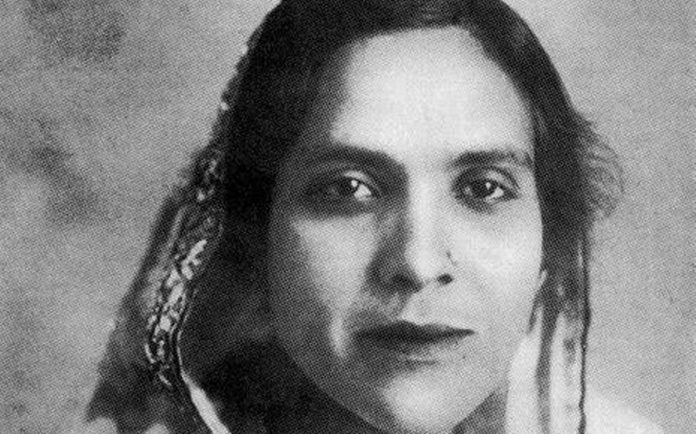The role of Tawaif is what gave several actors a chance to show-off their skills.
Tawaif is the Awadhi term for a highly-skilled courtesan. Tawaifs rose to prominence during the 18th and 19th centuries in the royal courts of Awadh.
Read more here.
They took Persian influences from the courts of Shia kings and married them with Indian forms. We inherit the Kathak, the dadra, and the thumri from them.
Popular tawaifs were the top tax-paying citizens of Lucknow at one time. By the early 1920s, with the rise of colonial morality and ideas they slowly began to lose their prestige and demand.
Sensing the decline of their kothas and dreading a push into prostitution, the tawaifs began migrating to other professions. Some were lured by the gramophone industry, others moved towards Parsi theatre. It was at this time that they began acting in cinema as well, becoming the first women to do so.
Fatma Begum was the first woman to direct a Bollywood film. Her daughter Zubeida became a star in silent movies and acted in India’s first talkie, Alam Ara (1931).
Jaddanbai set up her own production house called Sangeet Movietone. Her daughter, Nargis, became an accomplished actor. She went on to marry the actor Sunil Dutt, and is the mother of actor Sanjay Dutt.
The song ‘Mohe Panghat Pe Nandlal Ched Gaye Ro’, a part of K. Asif’s Mughal-E-Azam (1960) is taken from the repertoire of Uttar Pradesh’s tawaifs.
Despite this, there was anxiety within the industry around their sexuality and sensuality. Slowly, a lot of their contributions were played down.
However, it was the role as Tawaif in films like Mugal E Azam, Pakeezah and Umrao Jaan; that gave actors like Madhubala, Meena Kumari and Rekha a chance to show off their skills in a hero-driven industry.


